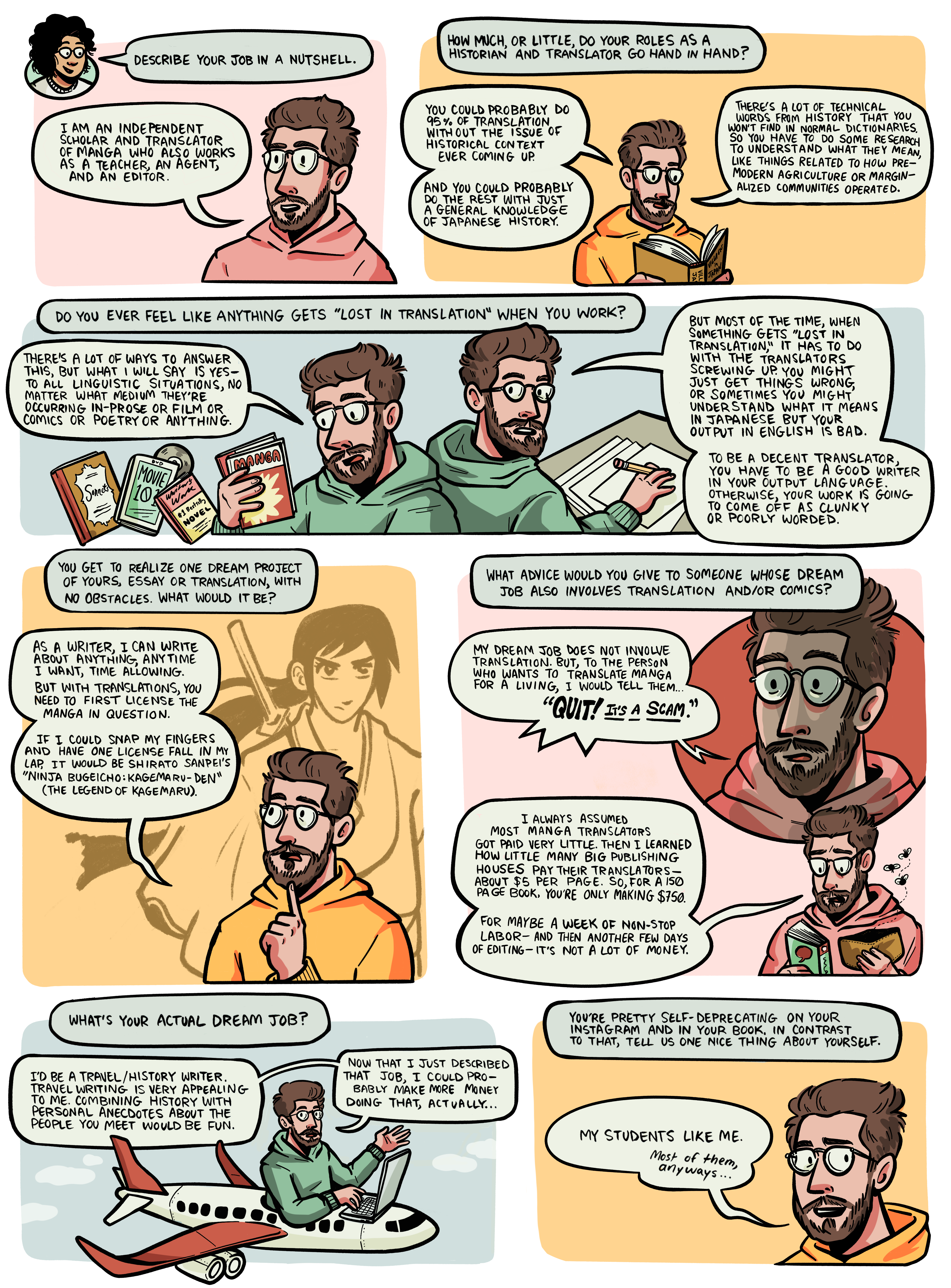Despite its malleable possibilities, online maps and related mapping applications are also one of the most antiquated digital systems of our time. The nature of their upkeep is not as regular as one might imagine. Therefore, online maps can stand out rather easily among more frequently tended neighbors in the garden of digital media. In addition, the data itself can almost seem to be transcribed from other sources, comprising a teeming headcheese of cartographic material including topographic and highway maps, gazetteers, county plat maps, and records from the United States Department of Agriculture. Much of this information predates the contemporary web entirely. While a lot of it may remain accurate, much of what is translated into digital form has lost relevance, or may not be accurate at all. Still, this information is put into composite platform and can be accessed by users. Put into Google or Bing maps, a second phase of aggregation exists as Facebook and phone applications access location data for their users.
About a mile away from the Zumbro River site is a single-story structure used by the county as a day camp for students. At one time known as Dee School, the building and grounds were once used as a schoolhouse until it was assimilated into the larger central district decades ago. Entering “Dee School” in the Google Maps search bar yields an accurate location of the old school building. Without using the search terms, the structure would remain unlabeled. Additionally, this search can be done without the use of an address. The location of the school has clearly been carried over through the transcription of presumably analog, pre-web documents. It is still possible to “Like” Dee School on Facebook and to check into it on Foursquare. It would even be possible to see the local weather for the schoolhouse and find out what time the sun will set for its approximate location. Vestiges of an old infrastructure have migrated to the internet.
One would like to depend on a map as a form of pure, relevant, and unencumbered data, culled through the precise instruments of government offices, corporations, and the cartographers themselves. Google, Nokia, Rand-McNally, Apple, and the United States Geological Survey are the figureheads largely responsible for map data we encounter on a day-to-day basis. Yet each source contains, much to the disoriented traveler’s chagrin, inaccurate data. More specifically, these odd pitfalls in map information technology can often be anachronistic. The cartographic data we encounter from yesteryear can be seen as a “reverse salient,” to use systems theorist Thomas P. Hughes’ terminology. It refers to a part of a larger system that disallows the forward progression of that system because it is outmoded or outdated. In this sense, old data could potentially inhibit users from getting a clear picture of the land and route.
The presence of reverse salients in online mapping technologies creates an unconventional archive put at the hands of the user. Out-of-date names for streets, places, structures and districts are, more often than not, unnecessary to the quest of how to get from point “A” to point “B,” but accuracy is not what is at stake. It is an active volume of data, constantly being added to, and allowed to exist undisturbed. There is a lack of intentionality toward creating this historical archive. It is an accidental library, a wealth of information waiting to be utilized. The alternative use for our digital maps offers an incredible amount of possibility for the digital environment, a medium in itself that struggles for adequate archiving and documentation methods. While GoogleEarth allows one to access a record of old aerial images, the system itself, particularly the textual database is a unique tool we have available to us. The archive also doesn’t just come from professional map-makers and corporations. GoogleMaps and GoogleEarth both have ample opportunities for user-generated content including labeling landmarks, posting images, even tying YouTube videos to a particular place. How these vast collections of data will be managed for the future remains to be seen.
Despite technological advances we are still caught in a realm of digitized forms of analog records. It seems that there will always be traces of our navigational predecessors. Maps, in any form, are living documents that pass their knowledge to the next stage. We have yet to find out how this digital historic archive will evolve for the digital map user, and what opportunities lie in being able to tap into this often overlooked universe, the old land beneath the new. The data we see is, in some senses, flowing like sediment traveling through the Zumbro River, slowly picked up from the sides as the water cuts like a slow knife through the terrain. The presence of what has been moved continues on in an altered state. Swimming with time, floating in wait.




















